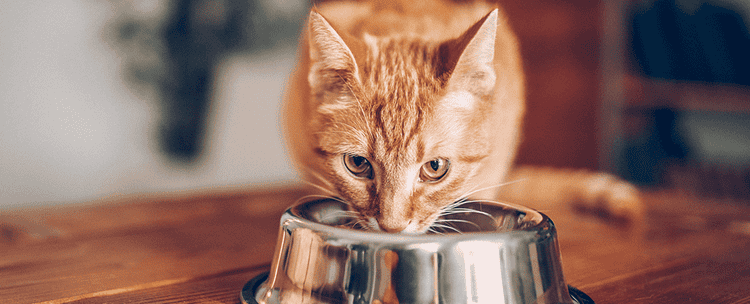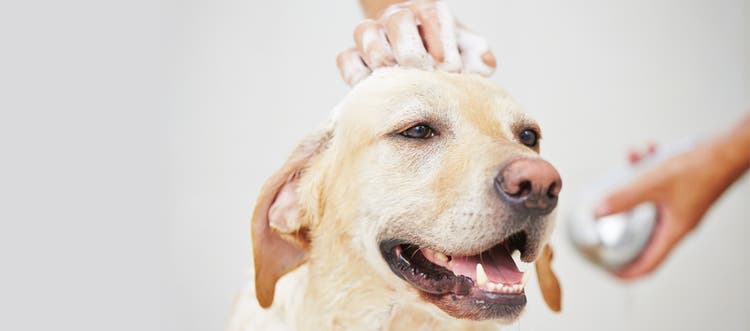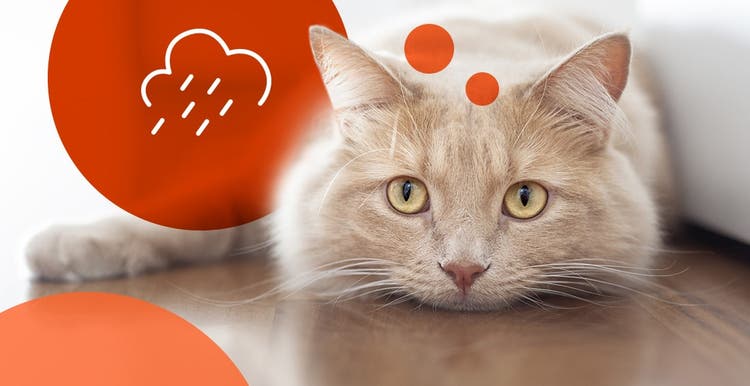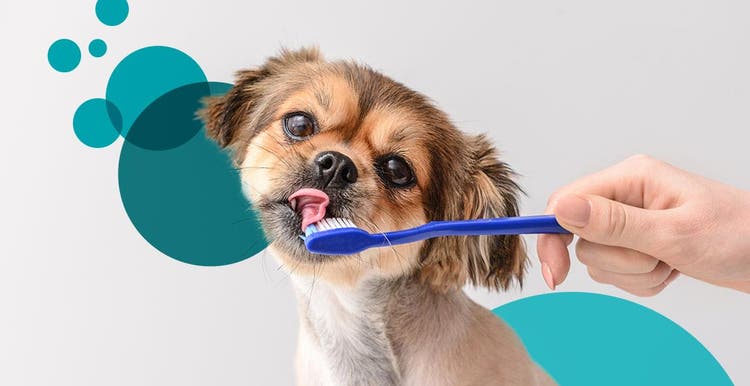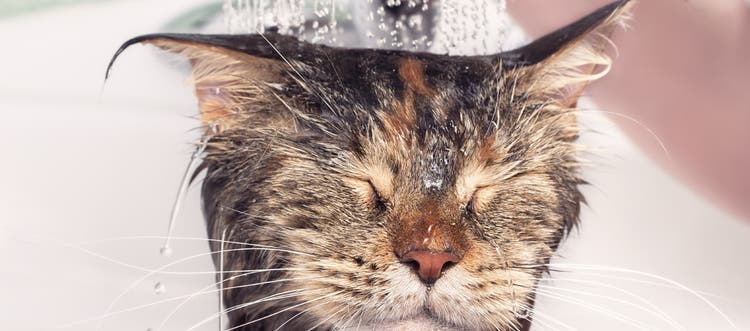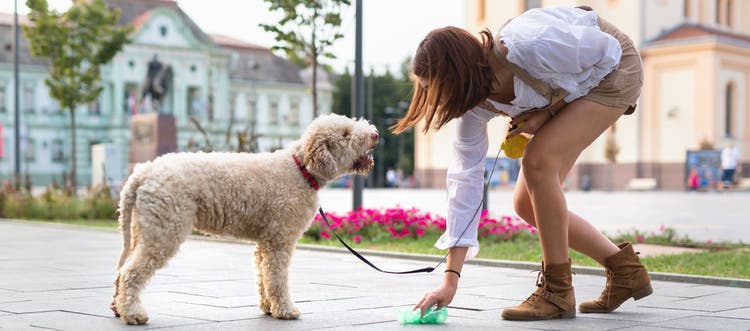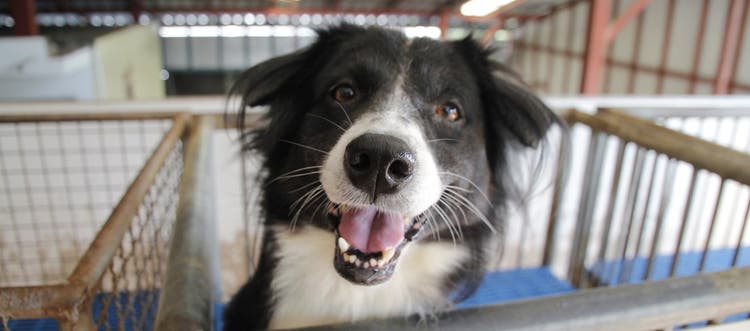Learn about nontoxic plants for pets.
Few things are more rewarding than caring for other living things and watching them grow. But unfortunately, pet parenting and plant parenting don’t always mix. Many houseplants that can help beautify and purify your home can also be deadly for your pet. The ASPCA Animal Poison Control Center reports that plants are the eighth-most reported pet toxin, accounting for about 6% of reported pet poisonings they receive each year.1
The good news: It is possible for your pets and plants to safely co-exist. Before you add a new pet to your plant-filled oasis or bring home a fresh bouquet of flowers from the farmer’s market, brush up on this list of nontoxic houseplants you can bring home, plus poisonous plants to avoid.
Nontoxic Plants for Cats and Dogs
Before you bring any plants or flowers into your home, remember that pets — particularly cats — are naturally curious, so even nontoxic plants can pose dangers.3
For example, many cut flowers come with powdered flower food to help them last longer, which can be toxic if ingested. And a vase full of fresh water could be tempting to a thirsty cat, who could accidentally topple it over and potentially hurt themselves (not to mention the plant) while trying to drink from it.
Whether you’re searching for cat-safe houseplants or dog-safe houseplants, you might be pleasantly surprised at the wide variety of options. Here are some popular choices recommended by Veterinarians.org:2
- Flowering houseplants: African violet (Saintpaulia ionantha), friendship plant (Pilea involucrata), hoya (Hoya carnosa), orchid (Phalaenopsis sp.), lipstick plant (Aeschynanthus humilis), bromeliad (Bromeliaceae), Venus fly trap (Dionaea muscipula)
- Non-flowering houseplants: air plant (Tillandsia), aluminum plant (Pilea cadierei), banana tree (Musa), bird’s nest fern (Asplenium nidus), Boston fern (Nephrolepis exaltata), calathea (Calathea spp.), cast iron plant (Aspidistra elatior), Chinese money plant (Pilea peperomioides), money tree (Pachira aquatica), nerve plant (Fittonia albivenis), prayer plant (Maranta leuconeura), purple waffle plant (Hemigraphis alternata), spider plant (Chlorophytum comosum), staghorn fern (Platycerium)
- Herbs: basil, cilantro, dill, rosemary, sage, savory, thyme
- Palms: areca or butterfly palm (Dypsis lutescens), lady palm (Rhapis flabelliformus), miniature date palm (Phoenix robellinii), parlor palm (Chamaedorea elegans), ponytail palm (Beaucarnea recurvata)
- Succulents: echeveria (Echeveria elegans), burro’s tail (Sedum morganianum), Christmas cactus (Schlumbergera), haworthia (Haworthiopsis attenuata)
These nontoxic plants are safe to keep inside (or outside) your home and around pets. But remember, even nontoxic plants can pose a threat to an unsupervised or curious pet. Be sure to do your research, avoid powdered flower food and keep your plants in a secure, safe place. If you’re unsure about your pet or plant’s safety, avoid bringing or keeping the plant into your home. If you plan to give (or get) a plant as a gift, be sure to consider the pets in the home and what species of plans are included in the gift. Because poisonous plants pose such a dangerous threat to pets, it’s best to err on the side of caution in every situation.
Poisonous Plants for Both Cats and Dogs
A wide range of plants could cause vomiting, diarrhea, seizures, organ damage and even death in pets. Here’s a list of common plants that are especially poisonous to both dogs and cats, according to the Pet Poison Helpline:
- Autumn crocus
- Azalea
- Cyclamen
- Kalanchoe
- Lilies
- Oleander
- Dieffenbachia (dumb cane)
- Daffodils (blub, plant and flower)
- Lily of the valley
- Sago palm
- Tulips and hyacinths (bulb, plant and flower)
Cat owners should take special care to avoid lilies, which are more toxic to cats than dogs. Peace, Peruvian, and calla lilies irritate the tissues in the mouth, tongue, pharynx, and esophagus, which results in minor drooling. But tiger lilies, daylilies, Asiatic lilies, Easter lilies and Japanese show lilies are all highly toxic to cats and can result in severe kidney failure.4
For an extensive list of poisonous plants, visit the Pet Poison Helpline’s Poison List or the ASPCA’s toxic and nontoxic plants list.
How to Keep Pets Away from Plants
Although you should always avoid bringing poisonous plants into your home, you can follow these tips to keep your pets — particularly cats — from getting into your nontoxic houseplants.
- Make plants hard to access. Try hanging plants from the ceiling, arranging them on a high shelf or displaying them on a wall. Many tropical plants also thrive in terrariums and aquariums. If possible, you can also keep your plants in a room your pet can’t enter.
- Spray plants with a citrus spray. Both cats and dogs dislike the taste of citrus. You can create your own mix with juice from a lemon, lime or orange diluted with water and spray the leaves of your plant to help keep pets at bay. You can also buy pre-made mixes designed just for this purpose.
- Cover the soil. Use landscape fabric spritzed with citrus, aluminum foil or decorative rocks to keep pets from digging in the soil in flowerpots and planters — or worse, trying to use potting soil as cat litter.
- Give pets their own plants. Cats are naturally attracted to the taste and texture of grass and plants (one of many weird cat behaviors), so why not give them their own? Cat-friendly options include catnip, cat grass and cat thyme (all safe for dogs, too). Make sure they don’t overeat and talk to your vet if you have questions about adding nontoxic plants to your pet’s diet.
What to Do If Your Pet Eats a Poisonous Plant
If you see your pet eating a toxic plant, remove any plant material from their mouth if you can do so safely, as well as their hair and skin. Keep a sample of the plant for proper identification and treatment.
If you didn’t see your pet eating a toxic plant, any of the following signs might indicate that they have:
- Difficulty breathing
- Drooling or difficulty swallowing
- Excessive drinking or urinating
- Fast, slow or irregular heartbeat
- Redness, swelling or itching of the eyes, skin or mouth
- Seizures
- Vomiting or diarrhea
- Weakness
In either case, call your vet or emergency vet, the ASPCA Animal Poison Control Center at 888-426-4435, or the Pet Poison Helpline at 855-764-7661 as soon as possible.
If your vet confirms poisoning from a toxic plant, they may give your pet medication to encourage vomiting or activated charcoal to absorb toxins in the gut. They may also administer sucralfate, which helps prevent stomach damage. Additional treatments may depend on the exact toxin your pet ingested.
Of course, the best way to prevent your pet from eating a poisonous plant is to keep them out of your house in the first place. So be sure to bookmark this article or take it with you on your next trip to the garden center to keep all the living things in your home happy and healthy.
Resources
- “Announcing: The Top 10 Pet Toxins!” (March 13, 2020). ASPCA. https://www.aspca.org/news/announcing-top-10-pet-toxins
- “50 Pet-Safe Plants + Their Health Benefits For Owners” (Nov. 9, 2022). Veterinarians.org. https://www.veterinarians.org/pet-safe-plants/
- “Which Flowers and Plants Are Safe for Cats?” (March 19, 2020). PetMD.com. https://www.petmd.com/cat/care/safe-flowers-dogs-cats
- “Top 10 Plants Poisonous to Pets.” Pet Poison Helpline. https://www.petpoisonhelpline.com/pet-owners/basics/top-10-plants-poisonous-to-pets/
Related Articles

Puppy Parenting: Our Downloadable Guide
New puppy? Whether this is your first go-round or your fifth, we know that so much goes in to raising healthy, happy pups. Check out our free guide, also available to download!

New Cat or Kitten: Our Downloadable Guide
Thinking about adding a feline to the family? There are so many emotional, social and physical benefits to owning a cat. Check out our free guide, also available to download!


